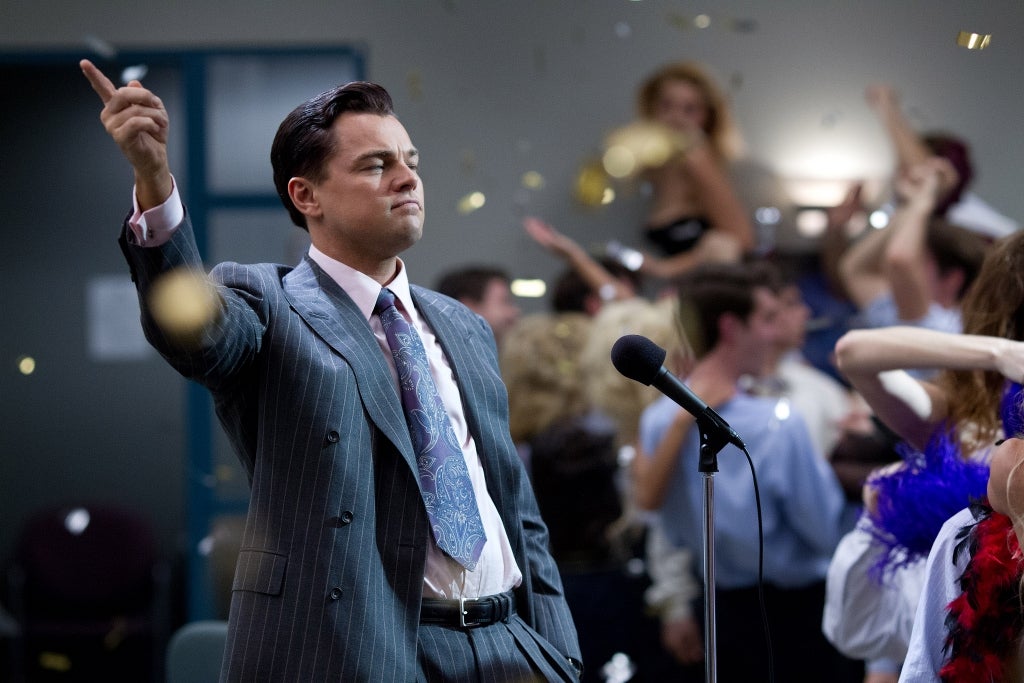The suburbs are becoming uneasy as home-grown inequality turns the American Dream into the American nightmare
The very top income groups have done far better than middle and lower ones


Public opinion in America has quite suddenly become deeply concerned about rising inequality – but is finding it hard to get to grips with what might be done about it. While income and wealth differentials have long been greater in the US than in Europe, Americans have in the main been prepared to tolerate them. But that tolerance was anchored to the principles that wealth was earned fairly and that anyone who worked hard enough could achieve it. Neither of those ideas seems as evident as before.
This concern shows through in many ways but has been particularly driven by the view that the exceptional measures taken to boost the economy have increased the gap between rich and poor. Quantitative easing has benefited Wall Street, not Main Street. The Dow Jones is close to an all-time high, yet job creation has been exceptionally slow and median real wages have fallen. House prices on Manhattan have soared, while those in old industrial areas have barely recovered at all.
This sense of unfairness was caught by the movie The Wolf of Wall Street, and now by a new book by Michael Lewis, Flash Boys: Cracking the Money Code (reviewed in these pages by Chris Blackhurst yesterday). It was Michael Lewis who, 25 years ago, excoriated the culture of Salomon Brothers, the bond dealers where he had worked in London, in Liar’s Poker.
Hard facts back up these concerns. They fall into two groups: first the evidence that the very top income groups have done far better than middle and lower ones; and second, that middle incomes have been falling.
On the first, the popular expression for the winners is “the top 1 per cent”. Actually the greatest winners come from an even smaller segment, the top 0.1 per cent, as an article in The Atlantic, a US magazine, highlighted on Monday. If you knock off that top 0.1 per cent, the proportion of income accruing to the rest of the top 1 per cent is pretty much the same as it was in the 1960s. But that top 0.1 per cent (median income $6.4m in 2012) has done stunningly well and the top 0.01 per cent (income of $31m) has done best of all. People in that top 0.01 per cent have quadrupled their share of US national income since the 1980s. Not all of them are on Wall Street. Sportspeople, heads of large corporations, the Silicon Valley entrepreneurs, and movie stars are there too, but the largest single clutch of the 0.01 per cent work in finance.
Such extreme wealth might be tolerable if people in the middle were doing better. They are not. The median income of a US household fell from $55,627 in 2007 to $51,017 in 2012. Equally corrosive, the perception of where people ranked themselves has shifted downwards too. In 2008, according to a Pew survey out earlier this year, 53 per cent of Americans saw themselves as middle class. That is now down to 44 per cent. And whereas only 25 per cent ranked themselves as lower class, that is now 40 per cent. The proportion of people who saw themselves as upper class fell from 21 per cent to 15 per cent, so there has been a downward shift there too.
So what is to be done? Once the majority of people in a democracy feel it is not working to their advantage, they will seek a remedy. In Britain and Europe the response has been progressive taxation and state intervention, but neither of these has prevented inequality from rising. There are also political limits to increasing taxation, as we have seen in the elections in France in the past week. And in any case US taxation, in theory at least, is almost as progressive as European.
Part of the problem on both sides of the Atlantic has been a shift in job opportunities: a rise in the number of low-skilled and very high-skilled jobs but a fall in mid-skilled ones. The squeezed middle has indeed been squeezed. In Britain, the pattern of extreme wealth is different to that in the US, in that most of the new billionaires in the UK made their money abroad, whereas in the States they made it at home. We have, so to speak, imported our inequality, whereas America has grown its own.
The best hope, perhaps, is that middle incomes will rise on both sides of the Atlantic. There is evidence of that at last starting to happen here. Insofar as the big squeeze on middle-incomes has come from offshoring (exporting jobs to lower-waged economies) that seems to be reversing itself on both sides of the Atlantic. A few years of economic growth – steady, sustained, real growth rather than artificial growth puffed up by borrowing – would create conditions for more equal societies.
Meanwhile the 0.01 per cent need to change their ways. Maybe they will. When the chiefs of the US auto groups came to Washington for an emergency bail-out in 2008 they flew down in the private jets, much to the fury of the American people. When Mary Barra, the new CEO of General Motors, went this week to appear before Congress over a flaw in some ignition switches, she flew commercial.
Join our commenting forum
Join thought-provoking conversations, follow other Independent readers and see their replies
Comments